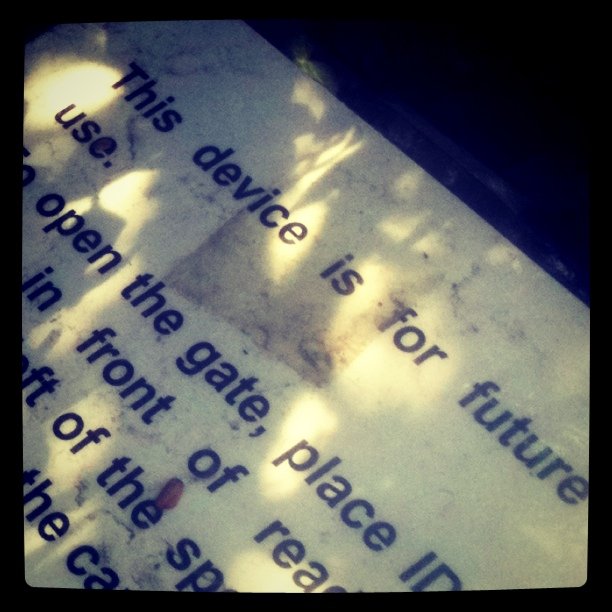“In a world of constant change, if you don’t feel comfortable tinkering you are going to feel an amazing state of anxiety.”
John Seely Brown
I like that quote quite a lot, and especially like the video it came from:
[vimeo]http://vimeo.com/49645115[/vimeo]
I posted this video to the site for a course I’m teaching this term, and we watched it on the first day. I had run across it via the DML Facebook flow as I was prepping for class and was struck by how much Seely Brown’s narration about education today meshed with the way I approach teaching, learning, research, and just about everything else I do in my world. Running into this video was a nice, poetic way to kick off the academic year for me as it reminded me why I do what I do. It also reminded me how I do what I do (to some extent)…All of this reminding reminded me that I had been up to a lot since the spring term (2012), but had not posted much here. On to a round-up…
Toward the end of spring, I helped install a display at the Jordan Schnitzer Art Museum that celebrated the 100th anniversary of the decathlon as an event in the modern Olympics. This celebration coincided—surprise, surprise—with the 2012 Track and Field Trials, and my primary responsibility was to coordinate or curate materials that visually narrated the past ten decades of U.S. Olympic decathletes. Much of the material came from the collection of Dr. Frank Zarnowski. He loves the decathlon (verges on an understatement…), and was able to loan us a bunch of fantastic stuff. Along with two graduate students, I worked on sourcing historical images, coordinating production, and hanging the show. It was all quite successful and I got to work with great people. Here is an image from install day (on Flickr, where you can find a set with more documentation):
In early June, I traveled to Montreal in order to participate in the 2012 McGill/ICASP colloquium. “ICASP” stands for Improvisation, Community, and Social Practice, which is a large-scale nationally-funded research project in Canada. The 2012 colloquium focused on the intersections of improvisation, technology, and critical theory about the body, under the title, “Skin-Surface-Circuit.” I was lucky enough to co-present with my colleague and good friend, Dr. Kevin Patton (artist site here, professional site here), and we talked about improvisation, boutique guitar pedal circuits, ethics, and business models. It all worked out quite well, and we received some great comments and feedback. Here is the Prezi we used (though it might not make much sense without us talking over/around it):
One of the coolest things I encountered during the ICASP symposium was the Adaptive Use Musical Instruments project, which is housed in the Deep Listening Institute. We all participated in a demo of the tools/software at a school focused on other-abled kids, and it was somewhat transformative to be part of that effort. I highly recommend going to the AUMI site and checking out the materials, but if you don’t I’ll just say that the software takes advantage of various digital technologies and available computer equipment in order to make “music” and “instruments” more widely accessible for people of all ages and abilities.
For a month I was out of the country with my family, traveling to Dakar, Senegal and then on to an area in the French part of the Swiss Alps. This was mostly fun, though I did a bit of work-related stuff by meeting scholars and artists in Dakar. The art scenes around Dakar were lively (long tradition of that since Senghor), and I’ve put together a small Flickr set documenting our travels. Here’s a sample image from the artists’ colony on Goree island, and clicking it should take you to the set:
Finally, in September I traveled to Minneapolis for the 2012 NAMAC conference. It was a phenomenal meeting, and I learned so much about media arts and culture in the U.S. that I’m still digesting it. The official conference blog does a great job of capturing all that was going on, and I’ll try to post more once I gather all my bits of paper and ephemera together. I had been asked to chair a panel on mobile media and creative place-making, so will focus a (near) future post here on that panel.





